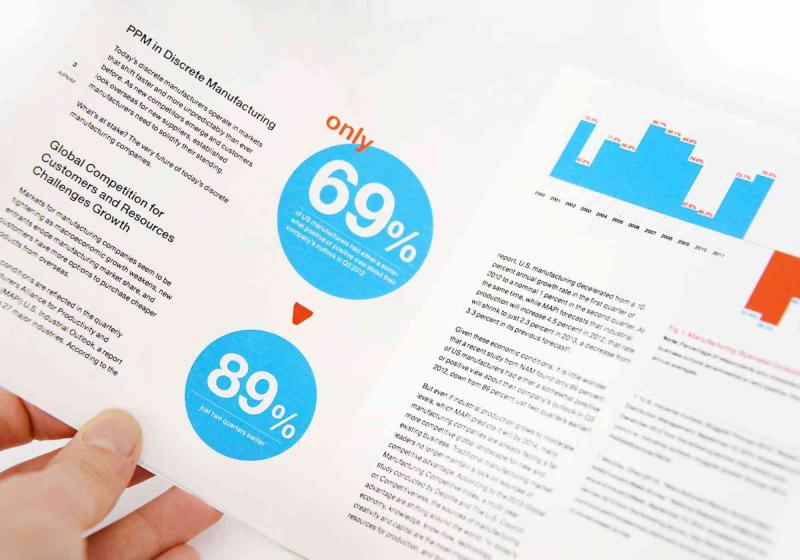WHITE PAPERS: A MARKETING TOOL FOR GREATER VISIBILITY

Websites and computers can never be completely free from the risk of malware. Just as we expose ourselves to disease all our lives, so too, website servers and computer systems can be infected by malware at any point. This vulnerability was exploited not a few days ago with HBO’s servers hacked and countless sensitive files stolen – including an episode of the show we all love, ‘Game of Thrones’. It just goes to show that even the biggest corporations are not safe from the terrors of hacking. However, concerted website security measures and regular website maintenance make it possible to prevent most malware attacks from affecting your website.
Traditionally, white papers are often populated with informational content including data, facts and graphs (usually infographics) and is commonly available as a download to select customers/stakeholders or email promotion to a prospective client base. White papers positioned as premium, fact-based content often succeed in generating some of the most conversion prone leads due to the level of trust being built with the user.
Companies that find success with white papers usually sell prospects on the contents of it as if it was a valuable product the prospect would normally pay for. The white paper in of itself is not a tool designed to sell prospects but rather inform and suggest, leading to conversion.
- The subject should be specific and tailored to the audience being targeted. Ensure extensive research is done and that the organization perspective can be backed up by the facts needed to support the material.
- To be successful, the content must be useful and even surprising to the reader, causing them to engage further.
- The reader should ideally walk away thinking that they’ve learned something valuable and they can use the white paper to make a purchase decision.
- The key to accomplishing this is the content combined with strong and clear communication.
Additionally, white papers tend to be highly shareable if they contain valuable, useful or groundbreaking content. Based on the trust aspect built through factual, backed-up content, users want to share the knowledge – giving them the feeling that they are sharing content that will offer tips, tools and resources to help them in their life, solve common problems or discover new products for their specific needs.
Distribution is key to the success of a white paper. Building a strategy as one would launch a product to the market is a good way to approach a white paper launch. Since most users will be directed to a download page, it important to focus on the design and content of the interface, making it as easy as possible for the user to engage. Think about the use of a microsite or separate campaign page to expand promotional opportunities. Designed, targeted and distributed properly – the white paper can be an invaluable tool to establish a brand or organization as a leader in their market opening up vast opportunities for market share expansion.
